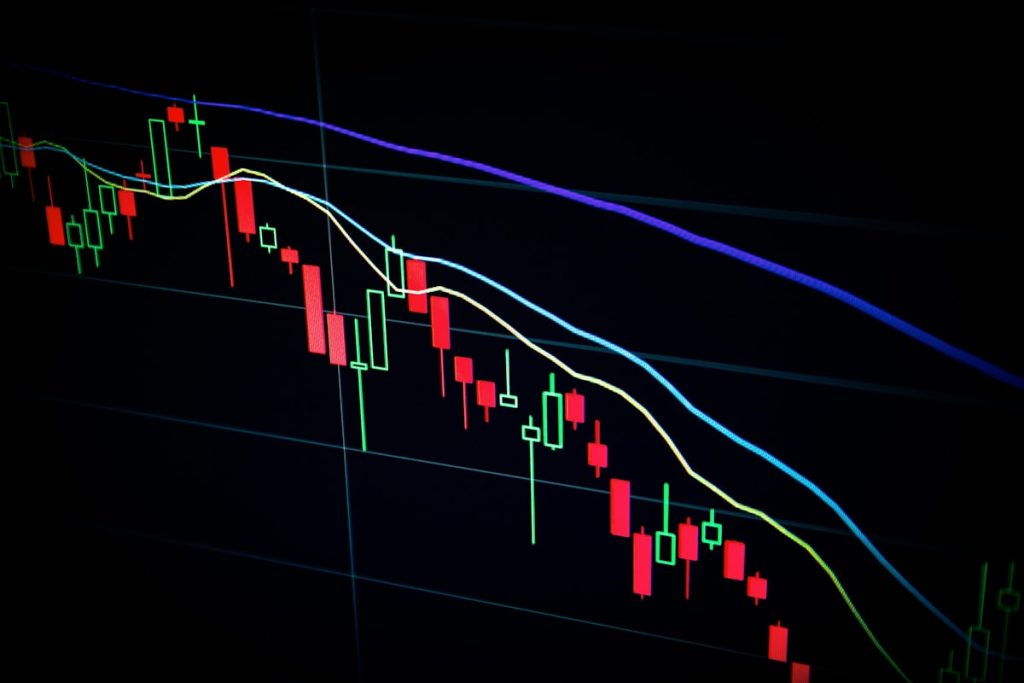Stocks Slide as Trade War Deadline Looms
Wall Street is once again feeling the pressure of geopolitical tension, with equity markets slipping lower as the United Nations‑mandated deadline for the escalating trade war between the United States and China draws near. Investors are wrestling with a mix of uncertainty, potential tariff escalations, and the prospect of a prolonged disruption to global supply chains.
Key Drivers Behind the Decline
- Tariff threat: Analysts warn that if the deadline passes without a resolution, both Washington and Beijing could impose additional duties on a wide range of goods, from electronics to agricultural products.
- Supply‑chain bottlenecks: Companies that rely on cross‑border components are already reporting inventory shortfalls, prompting earnings forecasts to be trimmed.
- Currency volatility: The yuan has weakened against the dollar, adding pressure on multinational earnings that are converted back to U.S. dollars.
- Policy uncertainty: The Federal Reserve and the People’s Bank of China are signaling divergent monetary stances, which could amplify market swings.
Sector‑Specific Impact
Not all corners of the market are hit equally. The following sectors illustrate the varied exposure to the trade‑war timeline:
- Technology: Firms such as semiconductor manufacturers and cloud‑service providers are seeing a 2‑3% pull‑back as investors fear a curtailment of Chinese demand and potential export restrictions on critical components.
- Consumer discretionary: Retailers with a heavy reliance on Chinese‑manufactured apparel and electronics are trimming profit margins, prompting a modest sell‑off in the sector.
- Industrial and materials: Companies that ship raw materials to Asia are experiencing heightened volatility, with some reporting a 1.5% dip in share price amid concerns over reduced export volumes.
- Energy: While oil and gas stocks remain relatively insulated, the broader market sentiment has led to a slight dip in energy‑related equities as investors rotate into safer havens.
What the Data Is Saying
Recent Bloomberg and Reuters indices show a 0.8% decline in the S&P 500 and a 1.1% drop in the Nasdaq Composite over the past two trading sessions. The Dow Jones Industrial Average, more weighted toward industrials, slipped 0.6%. Volume has risen above the 30‑day average, indicating that the sell‑off is driven by a broad base of market participants rather than a handful of large‑cap moves.
Investor Strategies Moving Forward
With the trade‑war deadline now a calendar event, many portfolio managers are rebalancing to mitigate risk:
- Diversify exposure: Allocating a portion of capital to regions less entangled in the U.S.–China dispute, such as Europe or emerging‑market economies with lower tariff risk.
- Focus on quality: Prioritizing companies with strong balance sheets, minimal reliance on cross‑border components, and robust cash‑flow generation.
- Hedge with derivatives: Using options or futures to protect against downside moves while preserving upside potential if the deadline passes without escalation.
- Stay liquid: Maintaining a higher cash allocation to capitalize on any market dislocations that may arise from sudden policy announcements.
Outlook
While the immediate reaction has been a modest but noticeable dip in equities, the longer‑term trajectory will hinge on diplomatic developments in the coming weeks. If negotiators manage to stave off a full‑scale tariff regime, markets could rebound quickly, rewarding the sectors that weathered the short‑term turbulence. Conversely, a failure to reach a compromise may deepen the sell‑off, extending the correction into the second half of the year.
For now, the message to investors is clear: monitor the trade‑war deadline closely, assess exposure to China‑centric supply chains, and keep a flexible, risk‑aware stance as the geopolitical clock ticks down.



